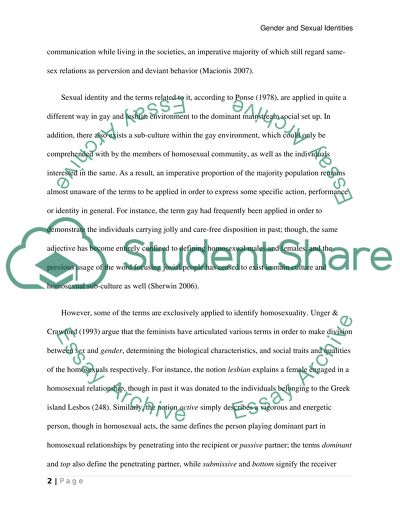Cite this document
(“Construction of gender and sexual identities Essay”, n.d.)
Construction of gender and sexual identities Essay. Retrieved from https://studentshare.org/gender-sexual-studies/1463155-construction-of-gender-and-sexual-identities
Construction of gender and sexual identities Essay. Retrieved from https://studentshare.org/gender-sexual-studies/1463155-construction-of-gender-and-sexual-identities
(Construction of Gender and Sexual Identities Essay)
Construction of Gender and Sexual Identities Essay. https://studentshare.org/gender-sexual-studies/1463155-construction-of-gender-and-sexual-identities.
Construction of Gender and Sexual Identities Essay. https://studentshare.org/gender-sexual-studies/1463155-construction-of-gender-and-sexual-identities.
“Construction of Gender and Sexual Identities Essay”, n.d. https://studentshare.org/gender-sexual-studies/1463155-construction-of-gender-and-sexual-identities.


